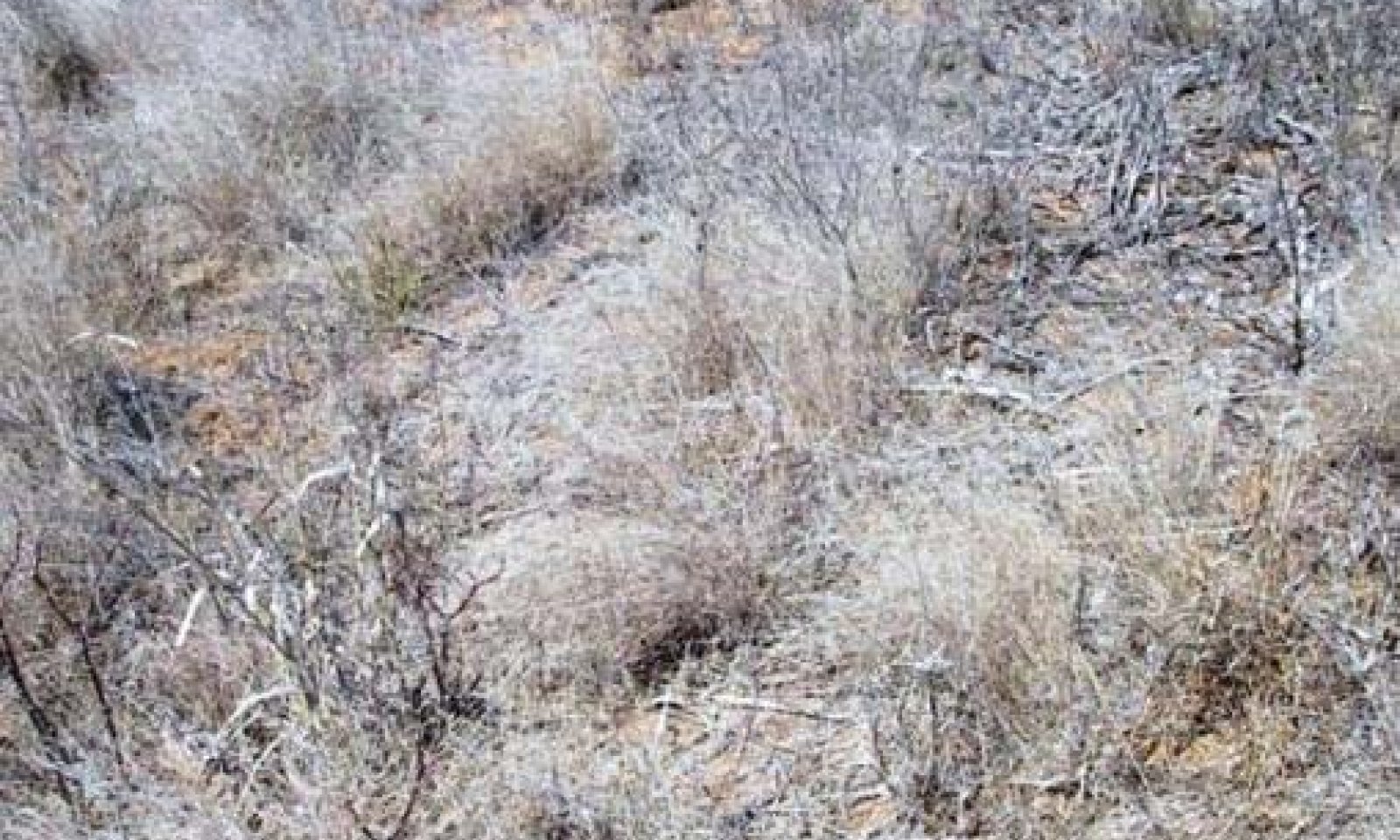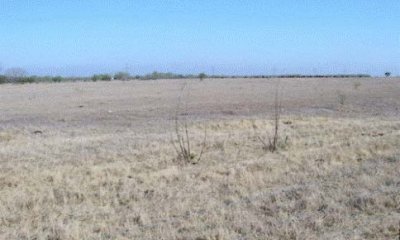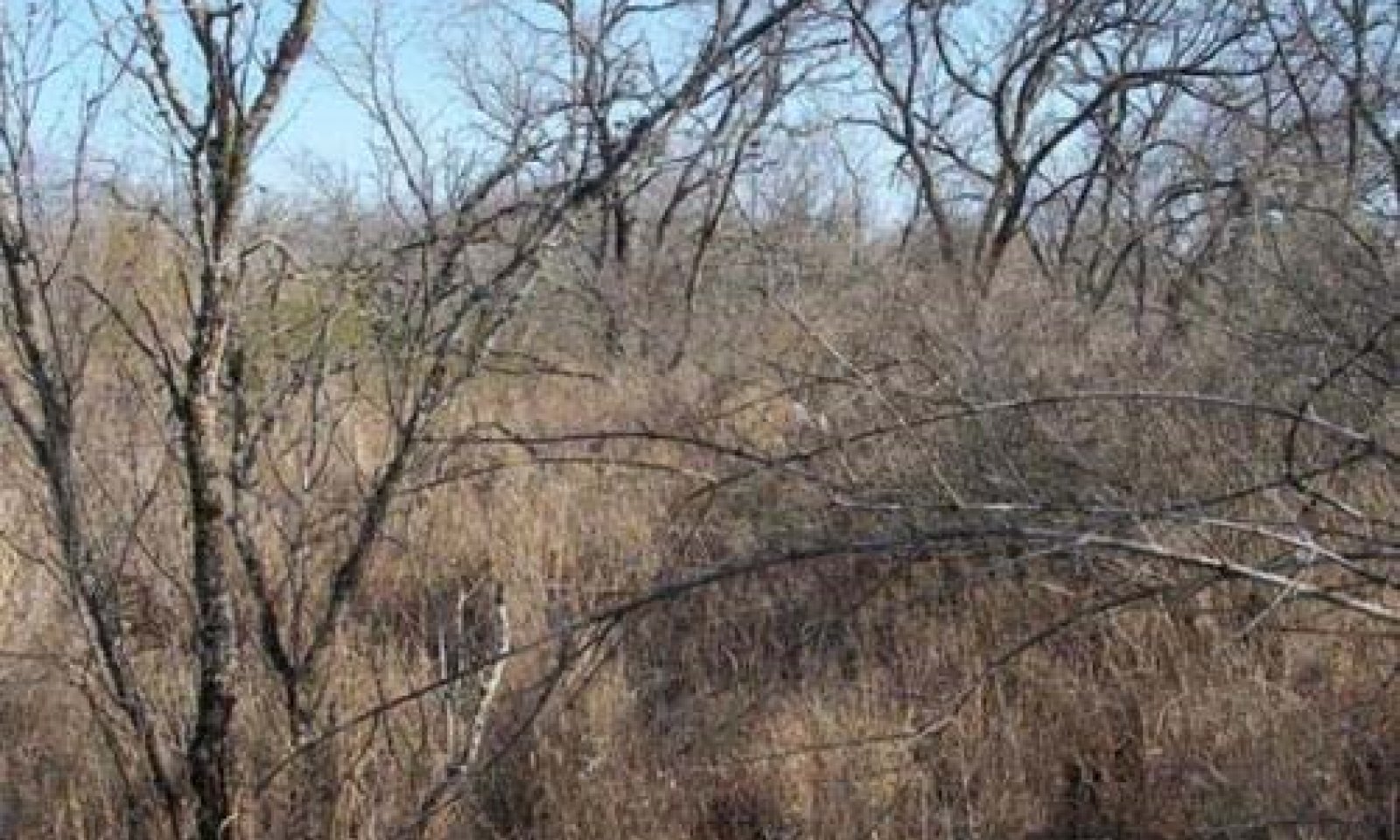
Tight Sandy Loam
Scenario model
Current ecosystem state
Select a state
Management practices/drivers
Select a transition or restoration pathway
-
Transition T1A
Absence of disturbance and natural regeneration over time, may be coupled with excessive grazing pressure
More details -
Transition T1B
Removal of vegetation followed by extensive soil disturbance and planting with non-native species
More details -
Restoration pathway R2A
Reintroduction of historic disturbance return intervals
More details -
Transition T2A
Removal of vegetation followed by extensive soil disturbance and planting with non-native species
More details -
Transition T3A
Absence of disturbance and natural regeneration over time, may be coupled with excessive grazing pressure
More details -
No transition or restoration pathway between the selected states has been described
Target ecosystem state
Select a state
Mechanism
Shrubs and trees make up a portion of the Community in the Grassland State, hence woody propagules are present. Therefore, the Grassland State (1) is always at risk for shrub dominance and the transition to the Shrubland State (2) in the absence of fire. The driver for Transition T1A is lack of fire and/or brush control. The mean fire return interval in the Grassland State is three to five years. Most fires will burn only the understory. Even with proper grazing and favorable climate conditions, lack of fire will allow trees and shrubs to increase in canopy to reach the 20 percent threshold level. This transition can occur from any community within the Grassland State, it is not dependant on degradation of the herbaceous community, but on the lack of some form of brush control. Shrubs reaching three feet in height triggers the transition to the Shrubland State as this is the typical height for shrubs reaching the reproductive state. Improper grazing and prolonged drought will provide a competitive advantage to shrubs, which will accelerate this process.
Mechanism
Land managers may want to utilize this site as cropland or pastureland. To achieve this transition from the Grassland State (1) brush management and heavy disking will be necessary to incorporate the vegetation into the soil. Prescribed burning can also be used prior to the disking operation to eliminate excessive vegetation. After the land has been cleared and an seedbed prepared the crop or pasture can be planted.
Mechanism
Prescribed fire alone is not a viable treatment option for conversion of this site back to a semblance of the Midgrass Community (1.1). Chemical brush control on a large scale may not be a treatment option however, individual plant treatment with herbicides on small acreages may be feasible. Mechanical treatment of this site, along with seeding, is the best option although it may not be economical.
Mechanism
Land managers may want to utilize this site as cropland or pastureland. To achieve this, practices such as dozing and raking will be necessary. After the land has been cleared and an appropriate seedbed prepared the crop or pasture can be planted.
Model keys
Briefcase
Add ecological sites and Major Land Resource Areas to your briefcase by clicking on the briefcase (![]() ) icon wherever it occurs. Drag and drop items to reorder. Cookies are used to store briefcase items between browsing sessions. Because of this, the number of items that can be added to your briefcase is limited, and briefcase items added on one device and browser cannot be accessed from another device or browser. Users who do not wish to place cookies on their devices should not use the briefcase tool. Briefcase cookies serve no other purpose than described here and are deleted whenever browsing history is cleared.
) icon wherever it occurs. Drag and drop items to reorder. Cookies are used to store briefcase items between browsing sessions. Because of this, the number of items that can be added to your briefcase is limited, and briefcase items added on one device and browser cannot be accessed from another device or browser. Users who do not wish to place cookies on their devices should not use the briefcase tool. Briefcase cookies serve no other purpose than described here and are deleted whenever browsing history is cleared.
Ecological sites
Major Land Resource Areas
The Ecosystem Dynamics Interpretive Tool is an information system framework developed by the USDA-ARS Jornada Experimental Range, USDA Natural Resources Conservation Service, and New Mexico State University.




